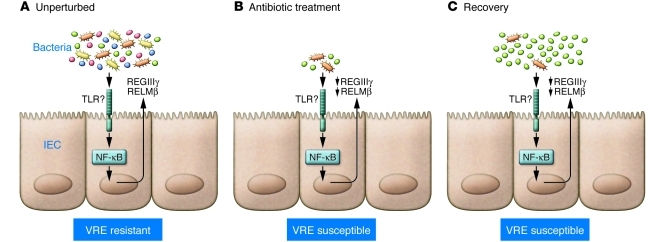Figure 1. Antibiotic treatment leads to long-term changes in the commensal flora and susceptibility to VRE.
(A) In the steady state, interactions between commensal bacteria and host cells in the intestine — primarily epithelial cells — result in the production of antimicrobial effector proteins (AMPs), such as REGIIIγ and RELMβ, that shape the commensal populations. The production of AMPs in this context may be dependent on NF-κB, which is presumed to be activated by TLR recognition of commensal bacterial products. In this state, mice are resistant to VRE infection. (B and C) Following transient antibiotic treatment, the numbers and diversity of the bacterial populations are severely reduced. Antibiotic treatment — presumably through a reduction in commensal bacteria — also results in decreased expression of AMPs. These changes result in long-lived increased susceptibility to VRE.

